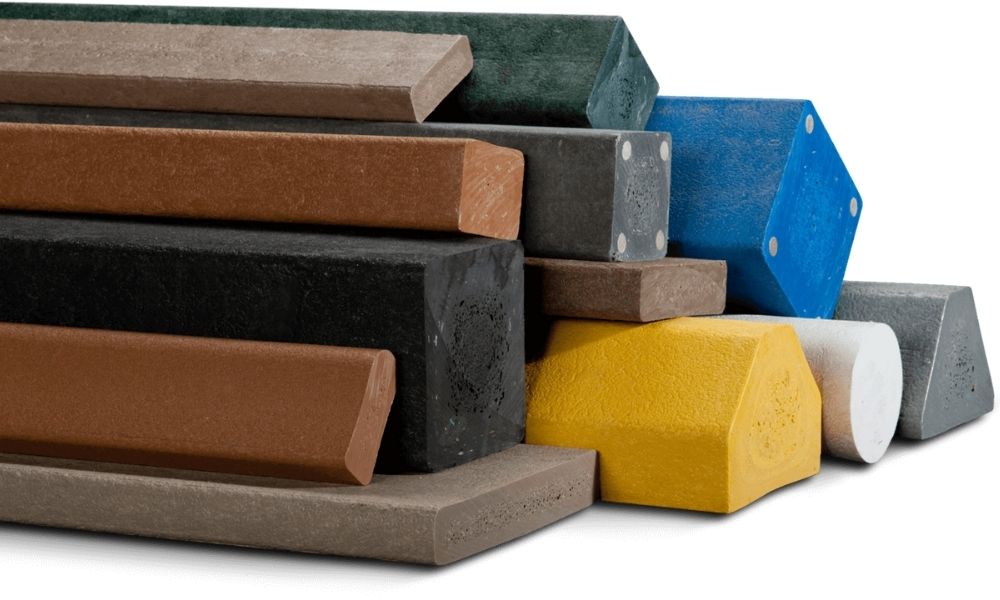The Differences Between Structural and Non-Structural HDPE

High-density polyethylene (HDPE) is a great versatile material used for its incredible strength, density, and high-impact resistance. Compared to traditional wood or other building materials, as a wood plastic composite, it’s one of the greatest, most affordable, construction materials around. Still, when deciding between structural or non-structural HDPE, you must consider the purpose and application it’s used for. Check out some of the differences between structural and non-structural HDPE to learn more.
Structural HDPE Lumber
Structural HDPE plastic lumber is, as it sounds, best served for structures and building properties. It meets structural standards with A-bond glue that never weakens in environmental conditions. Whether against inclement weather or changing temperatures, structural HDPE has greater durability and resistance than non-structural. Typically, structural HDPE lumber best service heavy-duty applications. For instance, heavy-duty lumber provides heavy-duty loading and structural impact resistance needed for guide walls, bridges, retaining walls, and other commercial purposes. Otherwise, HDPE lumber uses fiberglass to support rigidity, flexural strength, increased compression, and increased product stability for light commercial buildings. Any outdoor property requires stronger, durable, environmentally resistant HDPE lumber support.
Non-Structural HDPE Lumber
Alternatively, non-structural HDPE lumber uses grade C-D bond adhesive for stability. Given the lower grade adhesive, this is impractical for outdoor use. Environmental conditions, weather changes, and temperature changes affect the strength and stability of this material. Despite these weaknesses, non-structural HDPE lumber has its intended purposes. It’s best used for benches, outdoor furniture, decking, boardwalks, signs, and playground equipment. When dealing with low-density polyethylene (LDPE) materials, LDPE offers more flexibility, chemical resistance, and waterproofing than HDPE applications.
Which Is Right for You?
When considering the differences between structural and non-structural HDPE, the main question you must ask yourself is purpose. HDPE lumber comes in various shapes and sizes, so depending on your purpose, consider the practicality of what’s necessary for the application. As previously mentioned, any non-structural HDPE best serves light or indoor applications given its greater flexibility and maintenance. Otherwise, structural HDPE is the better choice for outdoor applications given its extreme durability and rigidity to the elements. Whichever you choose, you’re going to see greater strengths, resistance, and duration than with traditional wood.
With that, when looking for the best structural or non-structural HDPE lumber, look no further than Tangent Materials. At Tangent, we take pride in offering the best HDPE lumber for any outdoor application. Our plastic lumber offers the strength, durability, and aesthetics you’re looking for. Not to mention, our recycled plastic timber is environmentally friendly. When you need to replace any of our pieces, simply recycle your disposed lumber and call us. We’ll help you find the right replacement part for your outdoor application.












